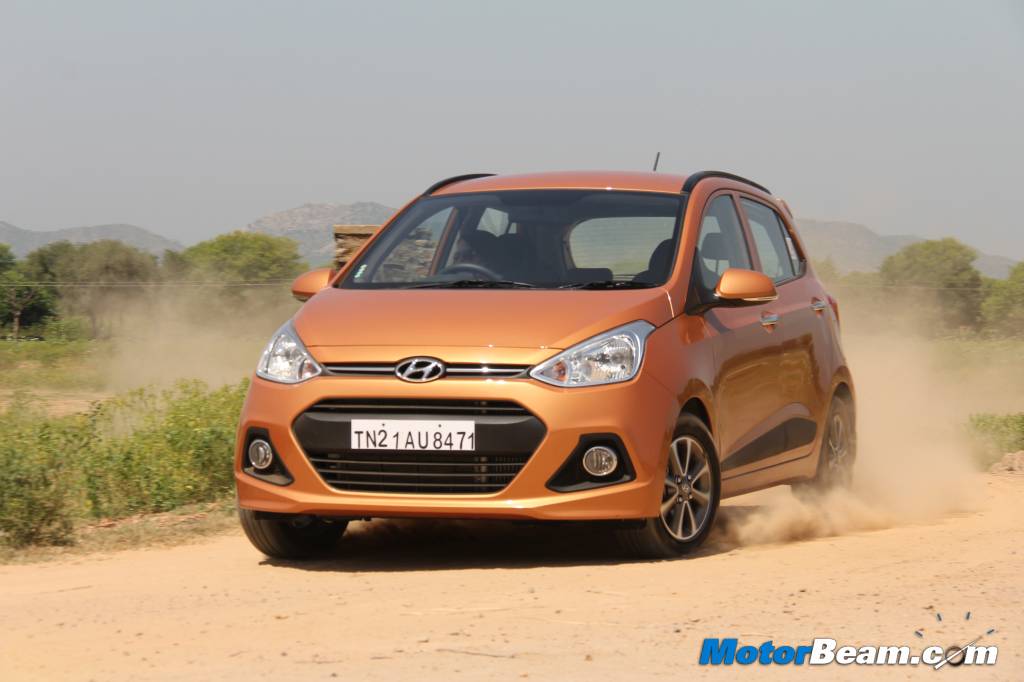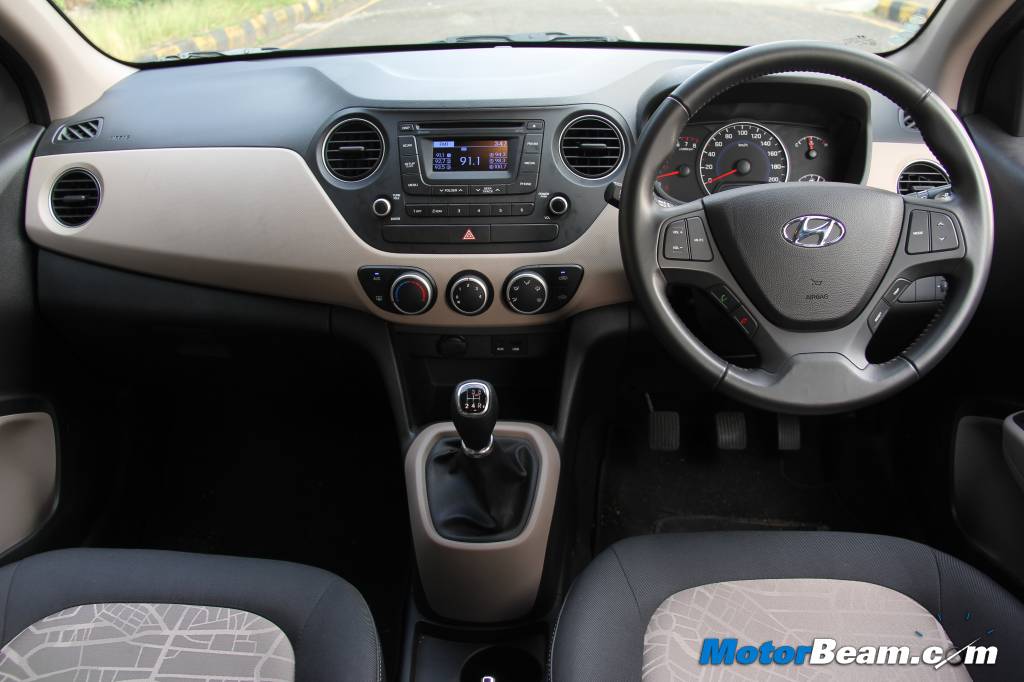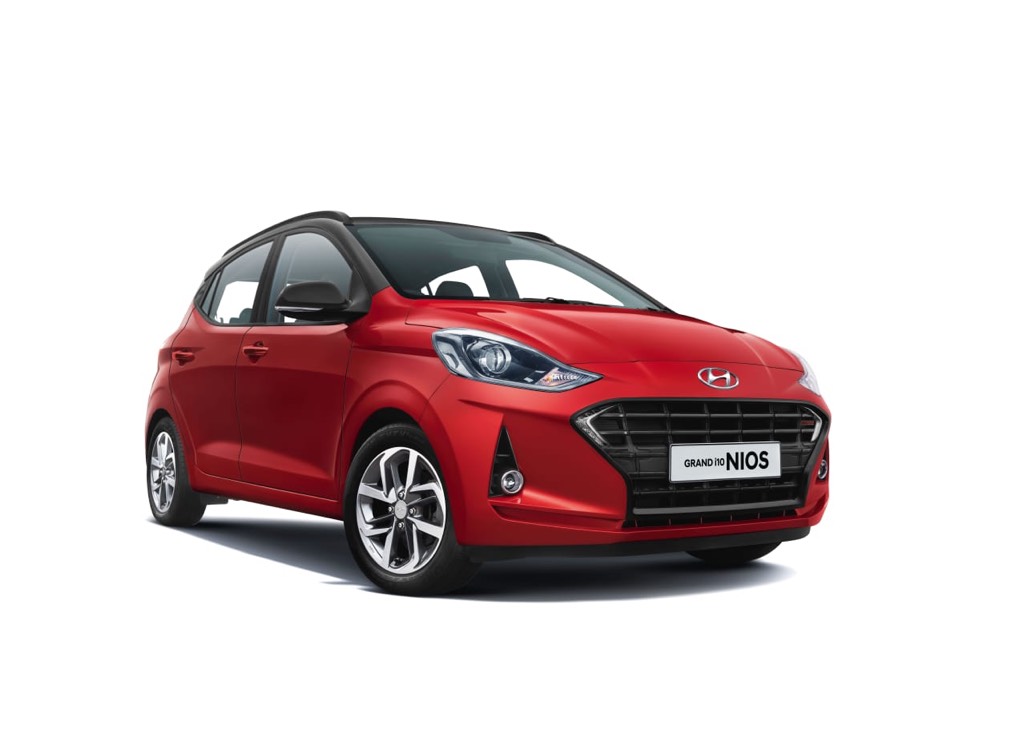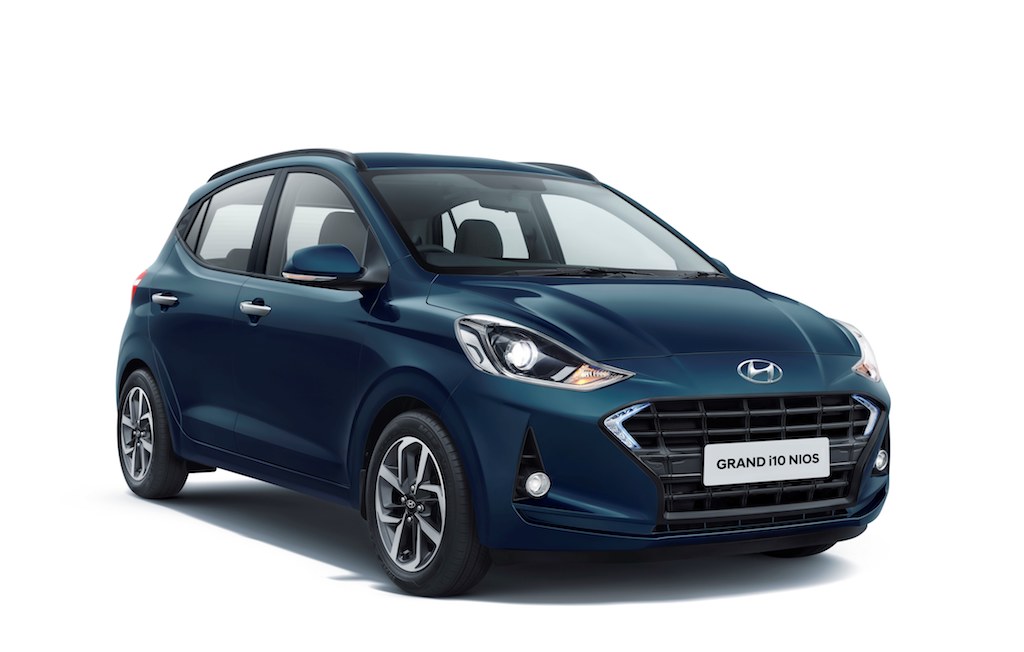Hyundai has finally launched the much awaited automatic variant of the Grand i10. The automaker introduced only a 5-speed manual transmission at the time of launch, promising to introduce the automatic soon after. Hyundai discontinued the 1.2-litre Kappa petrol engine for the i10 after the launch of the Grand i10 to create some space between the two hatchbacks. Hence, the i10 automatic variant was also discontinued. Now that the Grand i10 comes with an automatic transmission, it will appeal to a larger audience. ARAI mileage of the Grand i10 AT is 16.7 km/l.
Hyundai has introduced the same 4-speed automatic transmission in the Grand i10, which can also be found on the i20 and Verna. The automatic transmission is available in two trim levels of the Grand i10 – Sportz and Asta. The petrol variant is powered by a 1.2-litre engine that produces a maximum power of 83 PS at 6000 RPM with a peak torque of 114 Nm at 4000 RPM. The diesel variant is powered by a 1.1-litre unit that produces 71 PS of power at 4000 RPM with 158 Nm of torque at 1500-2750 RPM. The Grand i10 automatic competes with the likes of the Honda Brio, Maruti Suzuki Ritz and Nissan Micra.
The Hyundai Grand i10 is loaded with convenience features and an automatic transmission only adds to the easy of driving. Hyundai can expect good volumes for the automatic version, as the demand for the convenient transmission is rising with increasing congested city traffic conditions. The Grand i10 automatic comes with a starting price of Rs. 5.95 lakhs for the Sportz variant, which is around Rs. 70,000/- premium over the manual variant. The Grand i10 Automatic Asta variant is priced at Rs. 6.23 lakhs (all prices ex-showroom, Mumbai).





